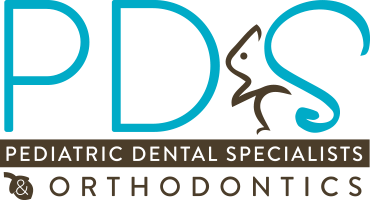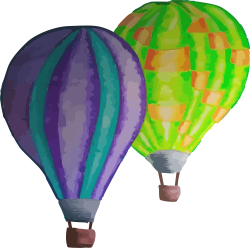A B C D E F G H I J K L M N O P Q R S T U V W X Y Z
A
Amalgam – Material made from mercury and other alloy mixtures used to restore a drilled portion of a tooth.
Anesthesia – Medications used to relieve pain.
Anterior teeth – Front teeth. Also called incisors and cuspids.
Arch – The upper or lower jaw.
back to top
B
Baby bottle tooth decay – Caused by sugary substances in breast milk and some juices, which combine with saliva to form pools inside the baby’s mouth.
Bicuspids -A premolar tooth; tooth with two cusps, which are pointed or rounded eminences on or near the masticating surface of a tooth.
Bitewings – X-rays that help a dentist diagnose cavities.
Bonding – Application of tooth-colored resin materials to the surface of the teeth.
Bridge – A prosthetic replacement of one or more missing teeth cemented or otherwise attached to the abutment teeth or implant replacements.
Bruxism – Teeth grinding.
back to top
C
Calculus – A hard deposit of mineralized substance adhering to crowns and/or roots of teeth or prosthetic devices.
Canal – The narrow chamber inside the tooth’s root.
Canines – Also called cuspids.
Canker sore – One that occurs on the delicate tissues inside your mouth. A canker sore is usually light-colored at its base and can have a red exterior border.
Caries – A commonly used term for tooth decay, or cavities.
Cold sore – Usually occurs on the outside of the mouth, usually on or near the nose or lips. A cold sore is contagious because it is caused by the herpes simplex virus, and it is usually painful and filled with fluid.
Composite filling – Tooth colored restorations, also known as resin fillings.
Composite resin – A tooth colored resin combined with silica or porcelain and used as a restoration material.
Contouring – The process of reshaping teeth.
Crown – An artificial tooth replacement that restores missing tooth structure by surrounding the remaining coronal tooth structure. It is also placed on a dental implant.
Cusps – The pointed parts on top of the back teeth’s chewing surface.
Cuspids – Front teeth that typically have a protruding edge.
back to top
D
Dentin – The tooth layer underneath the enamel.
Denture – A removable set of teeth.
back to top
E
Endodontics – A form of dentistry that addresses problems affecting the tooth’s root or nerve.
back to top
F
Fluoride – A harmless over-exposure to fluoride resulting in tooth discoloration.
Fluorosis – A harmless over-exposure to fluoride and resulting sometimes in tooth discoloration.
back to top
G
Gingiva – Another word for gum tissue.
Gingivitis – A minor disease of the gums caused by plaque.
Gum disease – An infection of the gum tissues. Also called periodontal disease.
back to top
I
Impacted teeth – A condition in which a tooth fails to erupt or only partially erupts.
Implant – A permanent appliance used to replace a missing tooth.
Incisor – Front teeth with cutting edges; located in the center or on the sides near the front.
Inlay – An artificial filling made of various materials, including porcelain, resin, or gold.
back to top
L
Laminate veneer – A shell that is bonded to the enamel of a front tooth. The shell is usually thin and made from porcelain resin.
back to top
M
Malocclusion – Bad bite relationship.
Mandible – The lower jaw.
Maxilla – The upper jaw.
Molar – Usually the largest teeth, near the rear of the mouth. Molars have large chewing surfaces.
back to top
N
Neuromuscular Dentistry – Addresses more than the aches and pains felt in and around the neck and head that are associated with your teeth and jaw.
O
Onlay – A filling designed to protect the chewing surface of a tooth.
Orthodontics – A field of dentistry that deals with tooth and jaw alignment.
Overdenture – A non-fixed dental appliance applied to a small number of natural teeth or implants.
back to top
P
Palate – Roof of the mouth.
Partial denture – A removable appliance that replaces missing teeth.
Pediatric Dentistry – A field of dentistry that deals with children’s teeth
Perio pocket – An opening formed by receding gums.
Periodontal disease – Infection of the gum tissues. Also called gum disease.
Periodontist – A dentist who treats diseases of the gums.
Permanent teeth – The teeth that erupt after primary teeth. Also called adult teeth.
Plaque – A sticky, colorless substance that covers the teeth after sleep or periods between brushing.
Posterior teeth – The bicuspids and molars. Also called the back teeth.
Primary teeth – A person’s first set of teeth. Also called baby teeth or temporary teeth.
Prophylaxis – The act of cleaning the teeth.
Prosthodontics – The field of dentistry that deals with artificial dental appliances.
Pulp – The inner tissues of the tooth containing blood, nerves and connective tissue.
back to top
R
Receding gum – A condition in which the gums separate from the tooth, allowing bacteria and other substances to attack the tooth’s enamel and surrounding bone.
Resin filling – An artificial filling used to restore teeth. Also called a composite filling.
Root canal – A procedure in which a tooth’s nerve is removed and an inner canal cleansed and later filled.
Root planing – Scraping or cleansing of teeth to remove heavy buildup of tartar below the gum line.
back to top
S
Sealant – A synthetic material placed on the tooth’s surface that protects the enamel and chewing surfaces.
back to top
T
TMJ – Temporomandibular joint disorder. Health problems related to the jaw joint just in front of the ear.
Tarter – A hardened substance (also called calculus) that sticks to the tooth’s surface.
back to top
V
Veneer – A laminate applied or bonded to the tooth.
back to top
W
Whitening – A process that employs special bleaching agents for restoring the color of teeth.
Wisdom tooth – Third set of molars that erupt last in adolescence.
back to top


